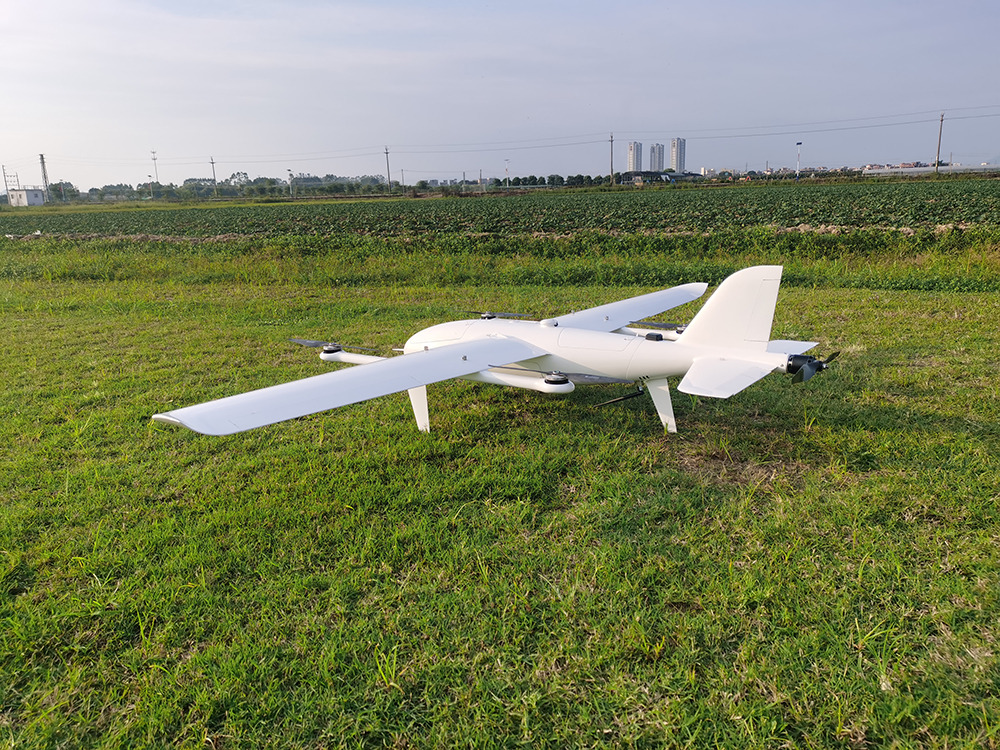Previous post
What is drone video&data telemetry?



In many cases, the diffraction or scattering capabilities we pursue when choosing UAVs are not practical for our requirements for real-time transmission and control. Therefore, the specific frequency is not certain. It mainly depends on the individual’s greatest interest in a certain product and personal preference, but the only thing to note is that the possibility of interference should be avoided as much as possible.
The two frequencies of 2.4G and 1.2G are not unavailable if you know that the specific frequency of the image transmission and the frequency point of the control are not conflicting, but if you are not clear, the risk is still relatively large. The closer the frequency, the interference will occur. The greater the possibility.
The 1.2G frequency band does not have an open frequency band. It only provides the legal use rights for radio enthusiasts who have obtained qualification certificates. In a sense, unauthorized use may be illegal.
In the 433M frequency band, many friends choose equipment in this frequency band in order to pursue the so-called penetration (diffraction). This is an open frequency band and it is available, but one thing is very fatal, that is, the signal interference is large. Because of this frequency band The frequency is not high, the cost is low, the antenna is small and easy to miniaturize, and it is portable and installed, so it has become the most crowded frequency band in amateur radio.
Summary
Radio waves are invisible and intangible, so people often ignore its existence, because the radio equipment we use daily is protected by laws and regulations and will not be interfered. The concept of interference is often not in my mind. If you are in a big city Here, using the 433M frequency band, it is tantamount to dancing on the tip of a knife. The small power of the image transmission is really pitiful in front of the powerful tens of watts. In the case of interference, it is not enough to explain the problem if the interview machine is normal on the ground. When the distance is increased, the consequences will be serious, because one phenomenon will be suppressed, such as driving on the road and listening to the radio. The two stations have the same frequency, and then the radio will receive alternately according to the strength of the two-phase signal between the two stations, unless you really confirm that there is no interference source there.
Finally, my personal opinion is more biased towards higher frequency image transmission, such as 5.8G. Countries in this frequency band have allocated an open amateur frequency band. In addition, high frequency antennas can be more miniaturized. At present, there are few equipment working at 5.8G. This frequency band is relatively relatively small. Pure static, less interference, but there are advantages and disadvantages. The higher the frequency, the higher the cost of electronic components, the higher the accuracy requirements for antennas, etc., and the easier it is to generate heat. It is more sensitive to the permeation magnet near the transmitter than the low frequency. More difficult etc.
Open operating frequency band (only list the common and commonly used video transmission) 430M-440M 2.4G-2.4835G 5.15M-5.35M and 5.725G-5.850GHZ
Radio frequency also belongs to the classification of national resources, and is protected and restricted by national laws, except for open frequency bands that can be used within the specified range. If you use radio equipment too frequently, you should learn more about national and local laws and regulations to avoid illegal consequences.
